It's Time to Get WISE.
A quick, honest call to assess your needs and point you in the right direction—no sales pitch. Best suited for:
- Established businesses with a defined marketing budget
- Businesses prepared to grow and scale
A deep dive with a top expert to uncover gaps and map a smarter path forward.
- Includes a $250 digital audit covering your website, SEO, local presence, and online performance—yours to keep.
- Get smart, actionable ideas you can apply to your business right away.

Enter the email you would like your guide sent to:

Enter the email you would like your guide sent to:
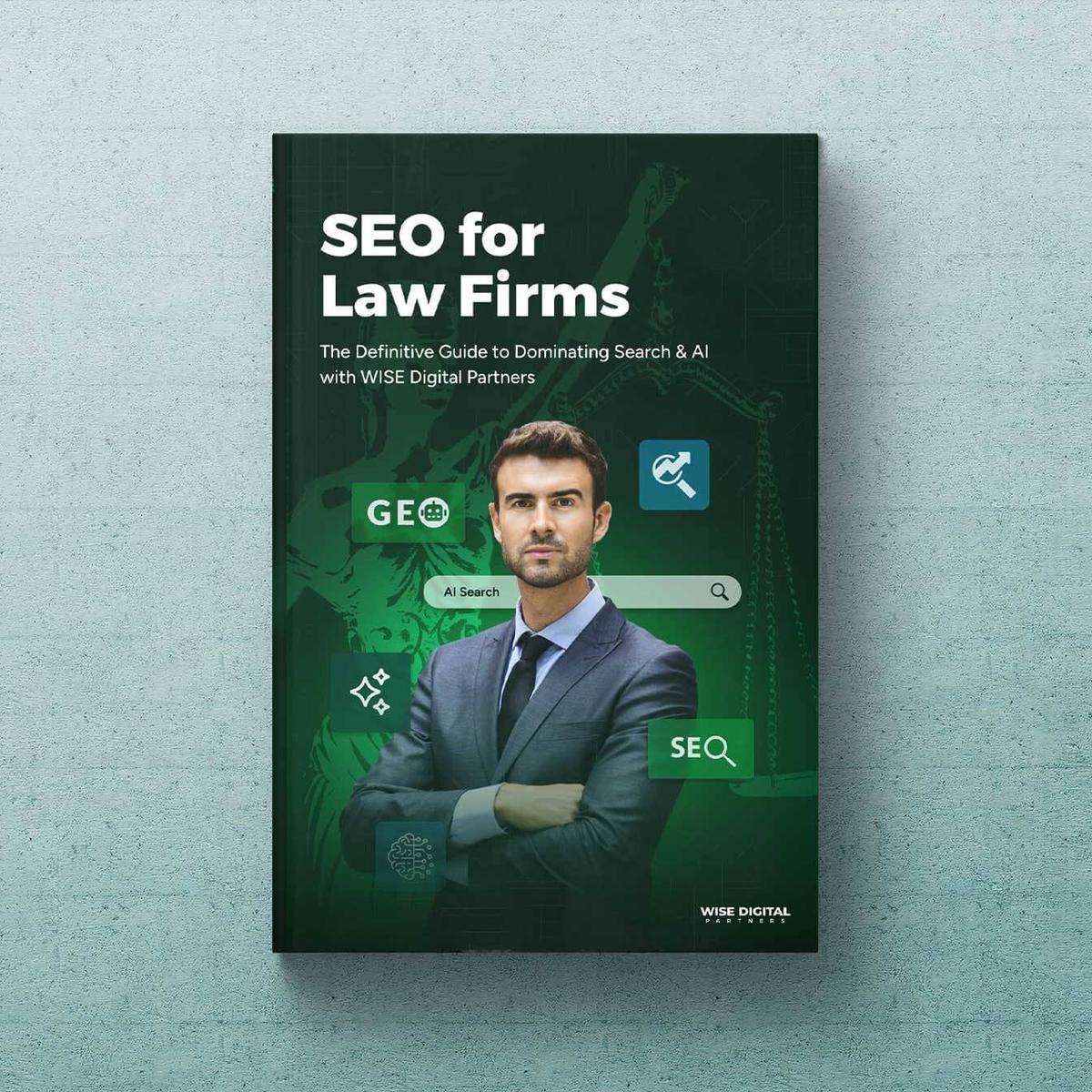
Enter the email you would like your guide sent to:
Apply Today
Please fill out the information below. Someone on our team will reach out in 3-5 business days to schedule a call if we see a good fit.
Book Patrick Dillon
Thanks for your interest in booking WISE CEO Patrick Dillon on your podcast! Please complete the form below, and a team member will contact you shortly.

Remove Negative Reviews.
WooCommerce vs. Shopify: Which is Better for eCommerce Websites?

June 11, 2021
- 8 min read

The ecommerce industry is booming, and there’s no time like the present to sell your products or services online.
Two of the top platforms to help you sell online are WooCommerce and Shopify. But they’re very different animals. So which one is right for your business?
It’s a question we get asked all the time. So we tapped our in-house eCommerce expert, WISE Chief Technology Officer Zac Wood, to weigh in for our latest WISE Expert Q&A.
Zac has over a decade of experience building enterprise ecommerce solutions for some of the biggest retailers in the world. And at WISE, he’s been working closely with our meal prep clients to develop solutions for their unique business needs.
Some of our meal prep clients use WooCommerce, and some use Shopify. We’ve invested hundreds of hours working on each platform to build solutions that have helped these companies rapidly grow their businesses.
So between WooCommerce and Shopify, which is better? Read on, and see why our WISE Expert thinks there’s a clear winner.
Q. What exactly are WooCommerce and Shopify, and what do they do?
WooCommerce and Shopify are both ecommerce platforms for selling products online, but they’re very different.
WooCommerce is an extension created for WordPress (the popular web publishing tool). It’s entirely open source and is an add-on for your existing website that you have on WordPress.
Shopify is its own website. It’s a proprietary, all-in-one, closed ecommerce platform that handles everything for you.
Q. What are the pros and cons of WooCommerce?
Pros
WooCommerce is entirely open source. For the novice user, that’s not going to mean much. But if you’re working with a developer or designer who has experience with the platform, that means you can really scale it to do anything you want it to do.
WooCommerce is a blank slate. It provides you with the tools to sell products online, and how it looks and functions is entirely up to you. That’s a major pro when it comes to ecommerce platforms.
The platform integrates with all major payment processors fairly easily. And you can easily set up more complicated processes such as subscriptions for recurring payments or gated content for selling your premium products or services. It gives you all the tools. When it comes to customization, you get most of that functionality through plugins that are either free or come at a very low one-time cost.
WooCommerce is really for growth-oriented businesses. Even a small startup business with a few products can benefit from using WooCommerce if it intends to scale the business and grow.
Cons
There is definitely more initial setup involved because it’s kind of a blank canvas. You can get starter themes for free that will get you up and running with everything you need, but to really customize it unique to your brand, there’s definitely some necessary upfront configuration.
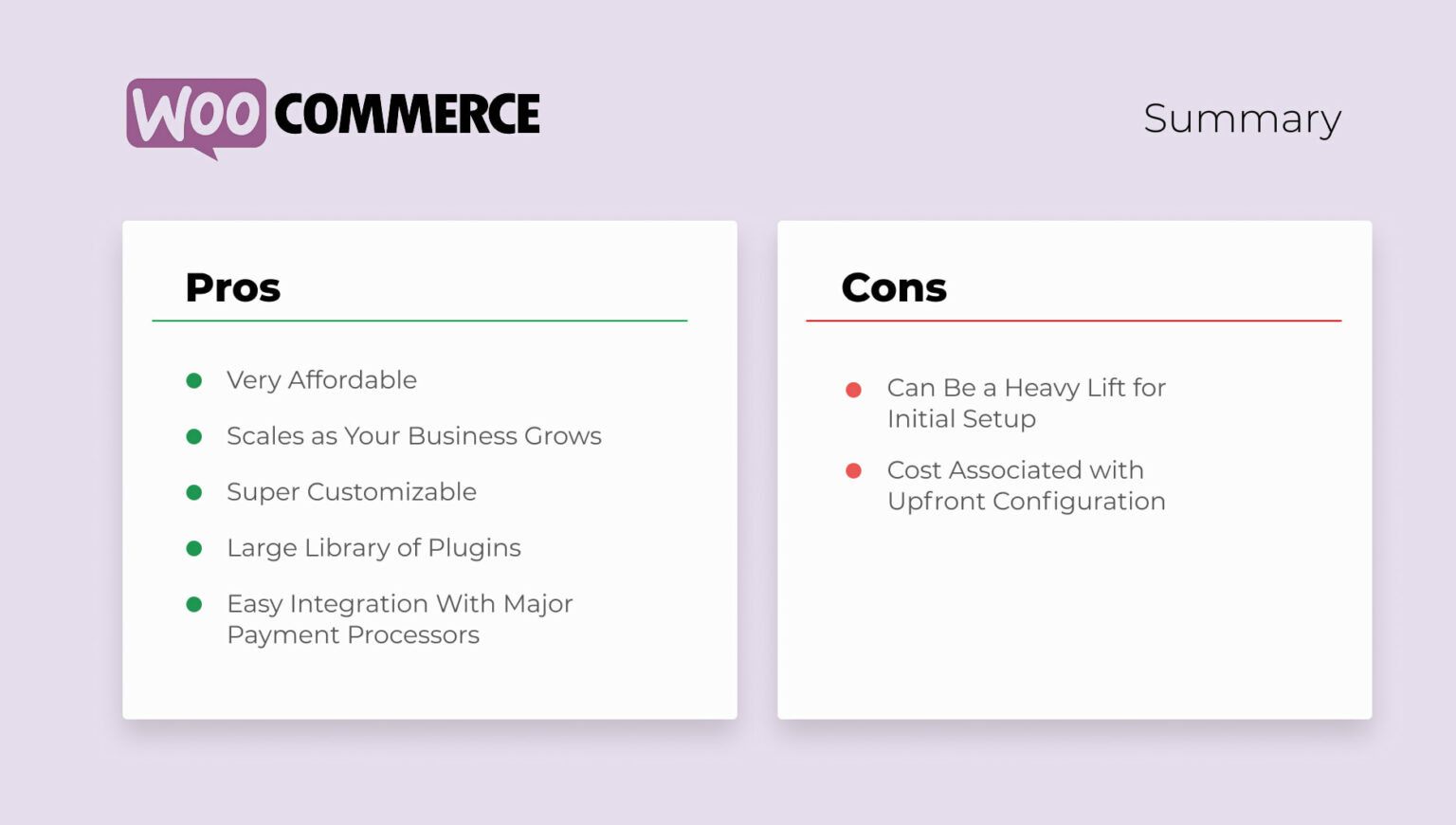
Q. What are the pros and cons of Shopify?
Pros
Setting up a store with some products and selling them is much faster and easier in Shopify. It could be done within a week. If it’s a really basic setup and you don’t care what it looks like, it could be done within a day. If you have five products, for example, that you’re making at your house and you just want to be able to sell them online, Shopify is much simpler to implement and use.
Cons
You’re going to run into problems if you decide to scale your business or start marketing it with special offers, promotions, subscriptions, etc. It’s a closed platform, so you don’t have access to customize it the way you want.
One major hurdle we’ve specifically had with meal prep companies, for example, is that a lot of them want to be able to offer a global coupon or offer at certain times. But on Shopify, you cannot run a global coupon when you run individual coupons. One or the other is locked into that field, and the customer can’t change it.
So say you’re running an abandoned cart campaign. You’re sending out emails to users who have abandoned their cart, and you’re offering them 30% off their purchase to come back and finish the order. If you’re also at the same time running a holiday campaign with 20% off sitewide, the user cannot apply that 30% off coupon that you just sent them.
The coupon issue is kind of a big problem when it comes to marketing your business, and you have specific offers you want to offer to different users and personas across your website.
Even changing the way your Shopify looks gets tricky because certain parts of the system are completely locked down. For instance, Shopify’s checkout will always look exactly the same because you cannot change it. Shopify does that specifically for security reasons, and it’s understandable. They don’t want you injecting anything into the checkout flow where payment information is being passed.
One major limiting factor for meal prep companies, in particular, is how subscriptions are handled. With Shopify, there’s no native way to manage subscriptions, so you have to utilize an add-on, which adds an extra layer to the flow of transactions.
What happens is that you end up managing orders and customers in two separate places. When a customer signs up for a subscription, they’re using a different checkout flow than customers who purchase an individual order.
For that reason, and others, Shopify is not what I would call an enterprise solution. They do offer an enterprise plan that’s far more costly monthly, but it just doesn’t provide you the flexibility and customization you would get from other platforms.
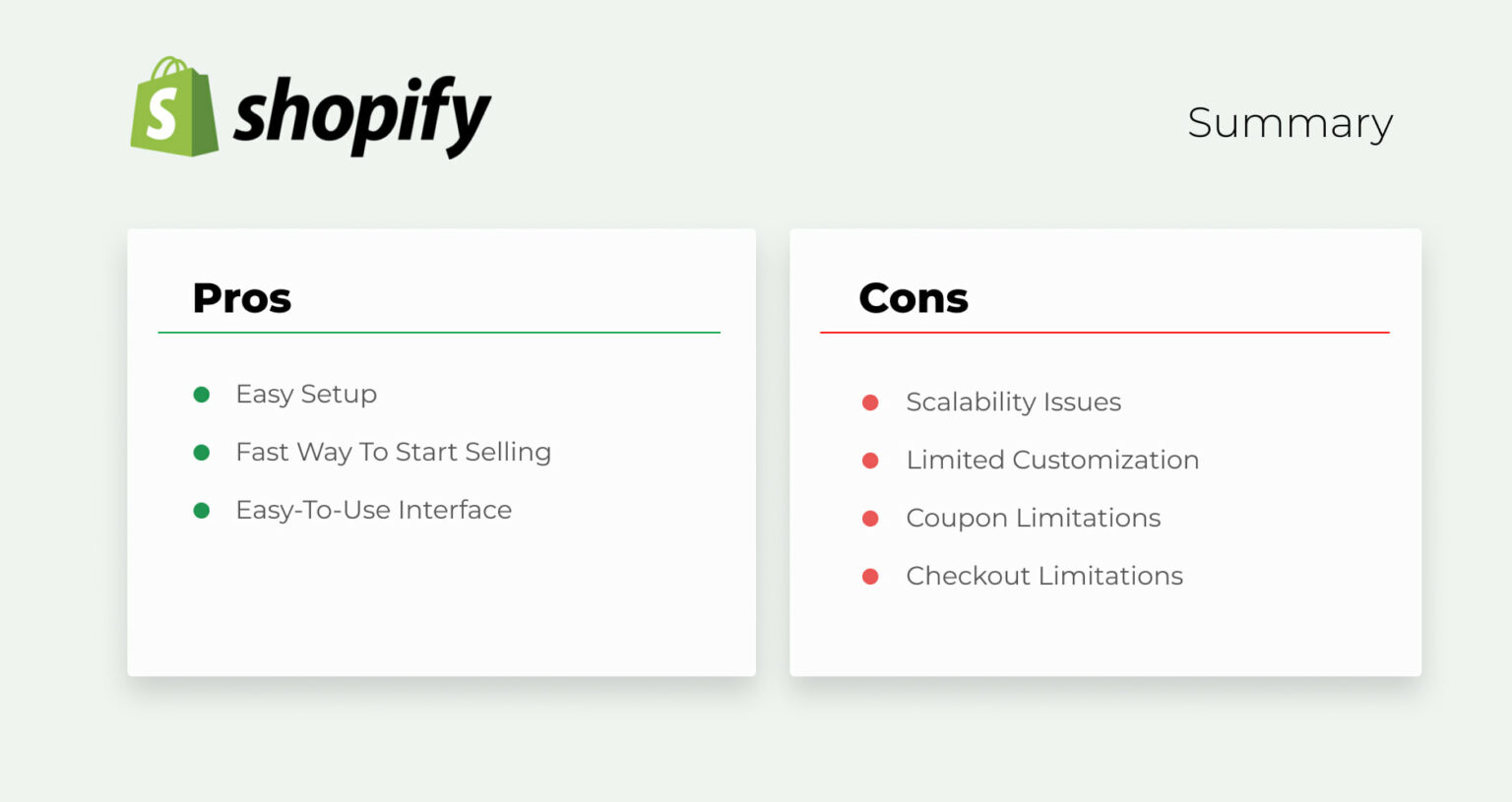
Q. What’s the pricing for each platform? What can I expect to pay?
WooCommerce Pricing
Aside from the initial cost of having a developer set it up, WooCommerce is really only going to cost you the hosting price moving forward. And you’re already paying that anyway for your website. The only additional cost on top of that would be whatever your bank charges you for each transaction, which will be universal across all ecommerce platforms.
If you decide to purchase a website theme, they range from $30 to $60 on WordPress. At WISE, we don’t utilize themes – we build everything from scratch for each business to match its brand. But those who don’t work with an agency will typically start with a theme to develop their ecommerce website.
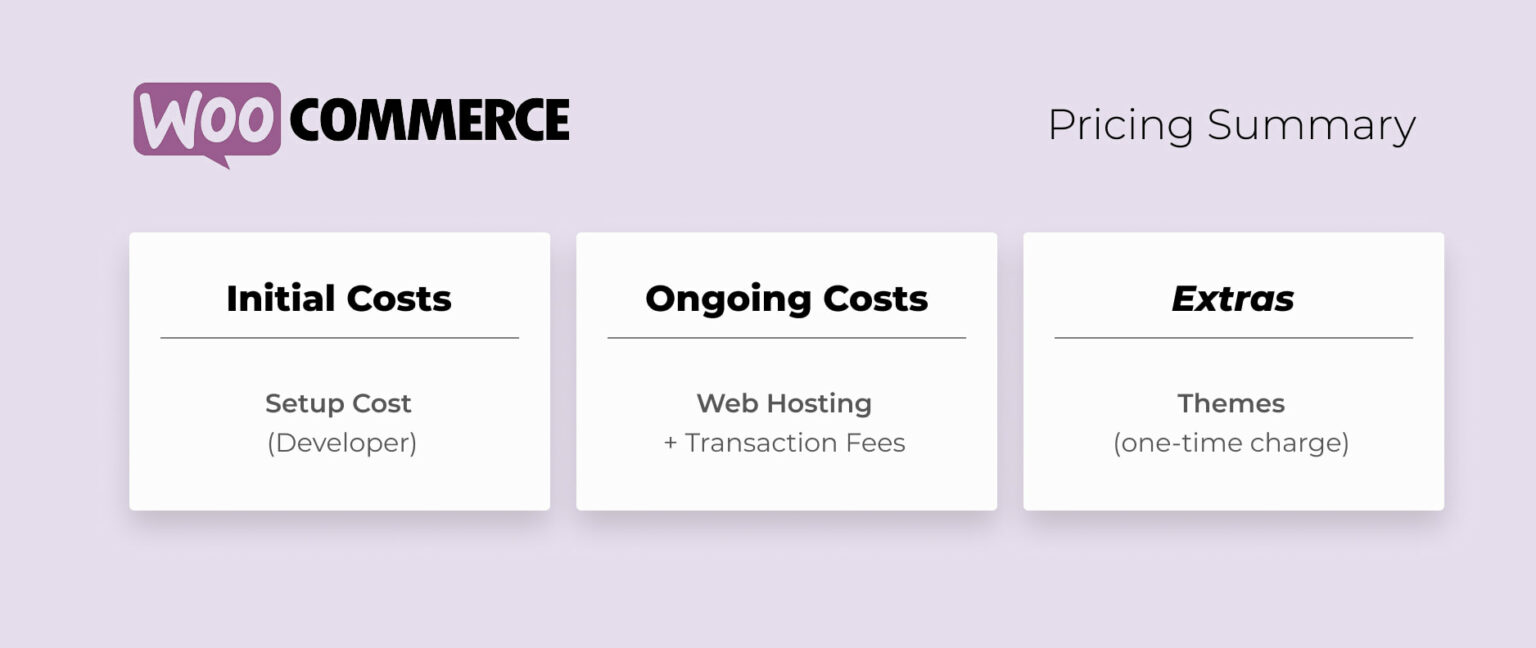
Shopify Pricing
With Shopify, there’s generally no setup fee unless you decide to hire a developer to assist you. Beyond that, you pay a monthly fee to use the platform, plus transaction fees. If you want a premium theme, they generally run between $300 and $600 (much higher than WooCommerce).
Shopify also has add-ons that support some features, but unlike WooCommerce, where you pay a one-time charge to use them, Shopify charges you monthly recurring fees to utilize them. Each tool you want to add, such as integrating a referral marketing program, will add to your monthly cost for using Shopify.
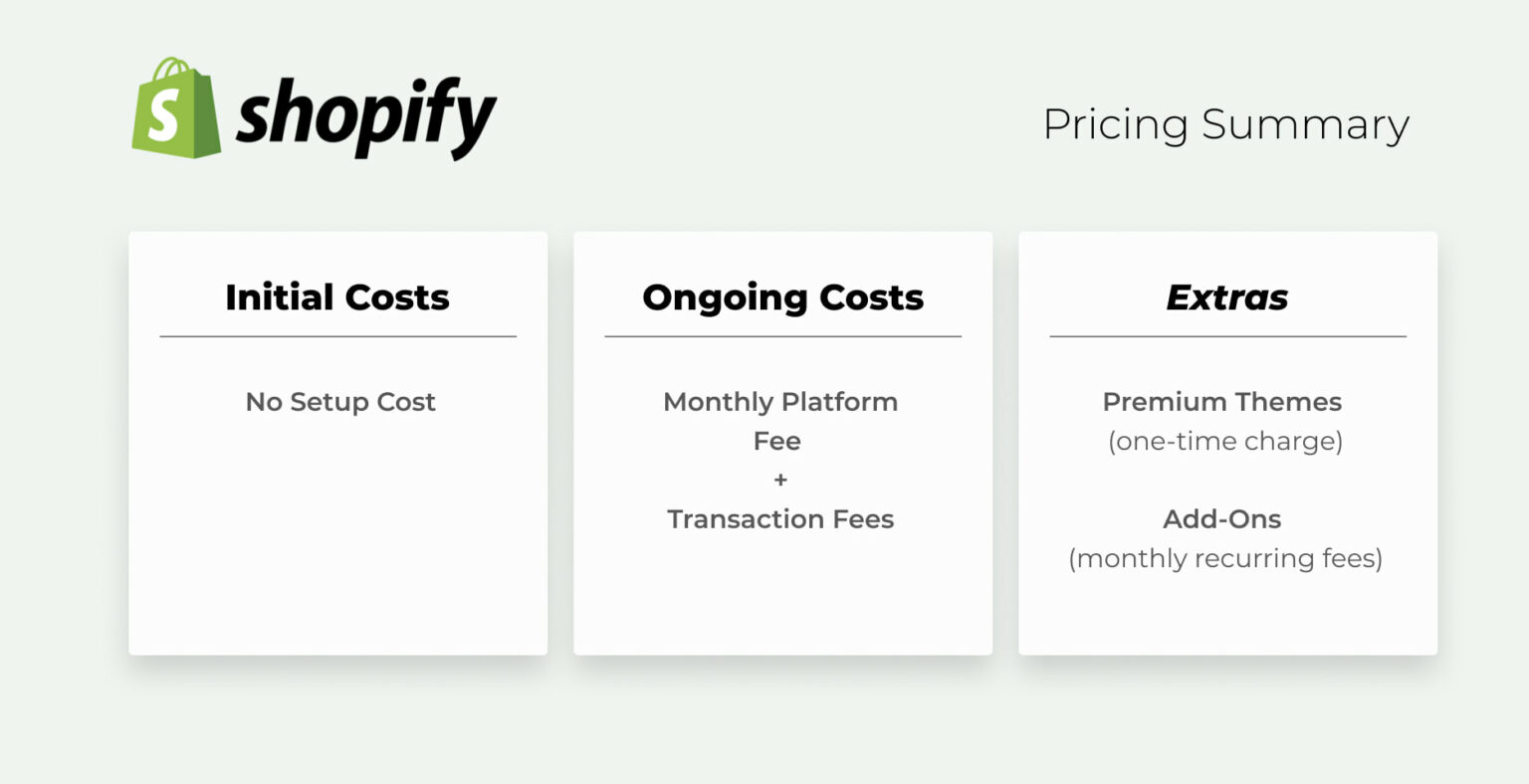
Q. What if I’m already using one of these platforms, and I’m considering switching? Is it difficult to migrate between the two?
Migrating from Shopify to WooCommerce is far more difficult than migrating from WooCommerce to Shopify. That’s because of the open vs. closed architectures. WooCommerce is open so getting your data out of it and into Shopify, while not a trivial task, is far easier than trying to migrate data from Shopify to WooCommerce.
The bottom line is that WooCommerce and Shopify run on completely different underlying technologies that don’t really communicate with each other. So there are difficulties involved in migrating between the two.
Q. So what’s the bottom line? Which do you recommend?
WooCommerce is my preference. If we’re engaging with a client that has a budget for us to build them a website, we’d prefer it if they built it on a more flexible platform so we can really give them something custom. We can provide a better-finished product for less effort on our end than it takes in Shopify.
That’s not to say we can’t get results on Shopify – we get incredible results for our clients. With our client Farm Fresh Meals, for example, they were on Shopify when they came to us. They were comfortable with the platform already and wanted to stay with it. They’ve grown year over year with us by incredible numbers – the case study speaks for itself. But I feel we could do a lot more for them if we weren’t limited by what we can do in Shopify.
So we can get results, but it just takes more effort on Shopify. We may get better results with WooCommerce because it’s more flexible and scalable.
Also, as a developer, I’m always going to be slanted towards open source. It’s just something that I believe in. I think technology itself should be open to anybody. For the specific, proprietary implementation of that technology, sure, make your money on your labor and your work. But I believe the technology underlying all of that should always be open to anybody.
Ready to Create a New Ecommerce Website or Revamp Your Existing One?
Investing in developing the right ecommerce tool can be a huge boost for your business. We’ve seen our clients’ revenue grow once we’ve implemented solutions.
When you partner with WISE, you benefit from working with a team of experts who specialize in growth strategies. Contact us today to get started!
Another WISE Expert Q&A you may like: Building Your Brand: It’s Much More Than a Logo
Share
Subscribe to WISE Insights
Stay ahead of the digital marketing curve and never miss a lucrative trend or insightful tidbit – subscribe to our WISE blog!
Keep Reading
Build. Grow. Soar.
Get WISE about digital marketing with advanced services, industry experts, and cutting-edge tools designed for long-term, sustainable growth.





